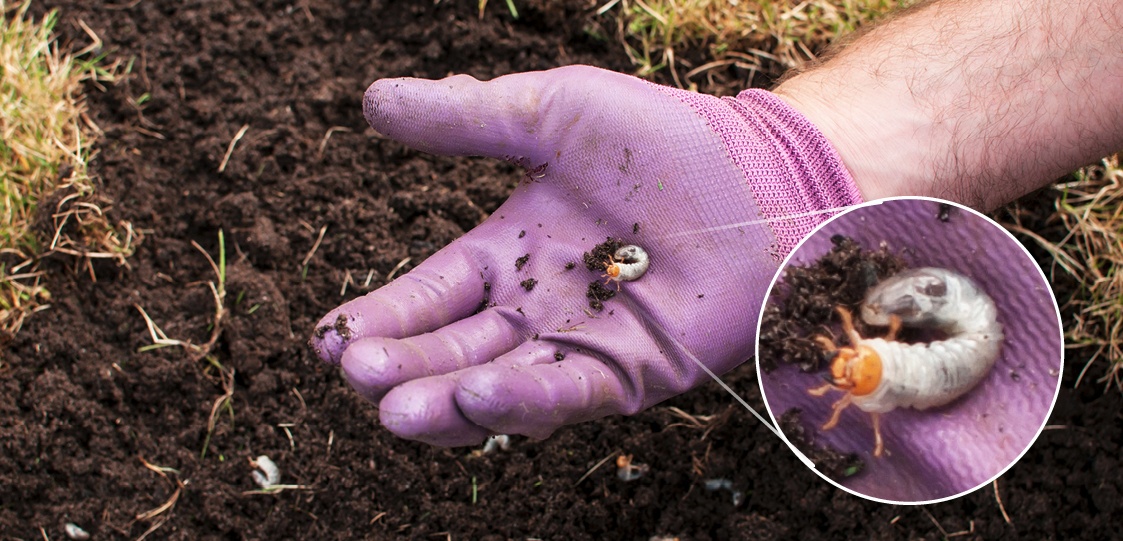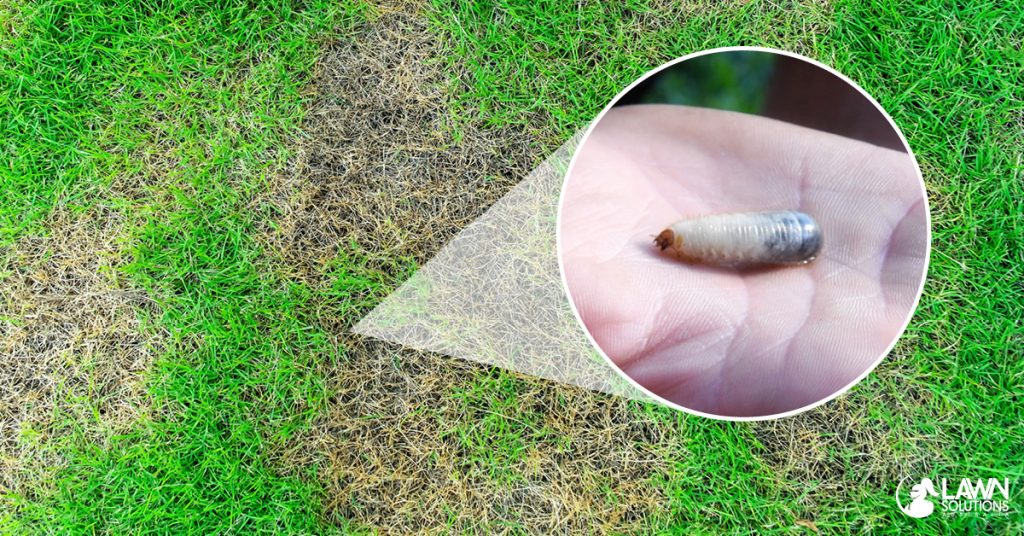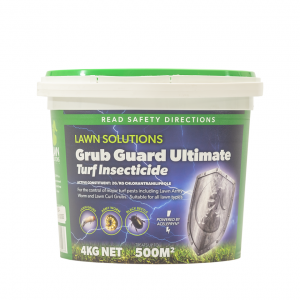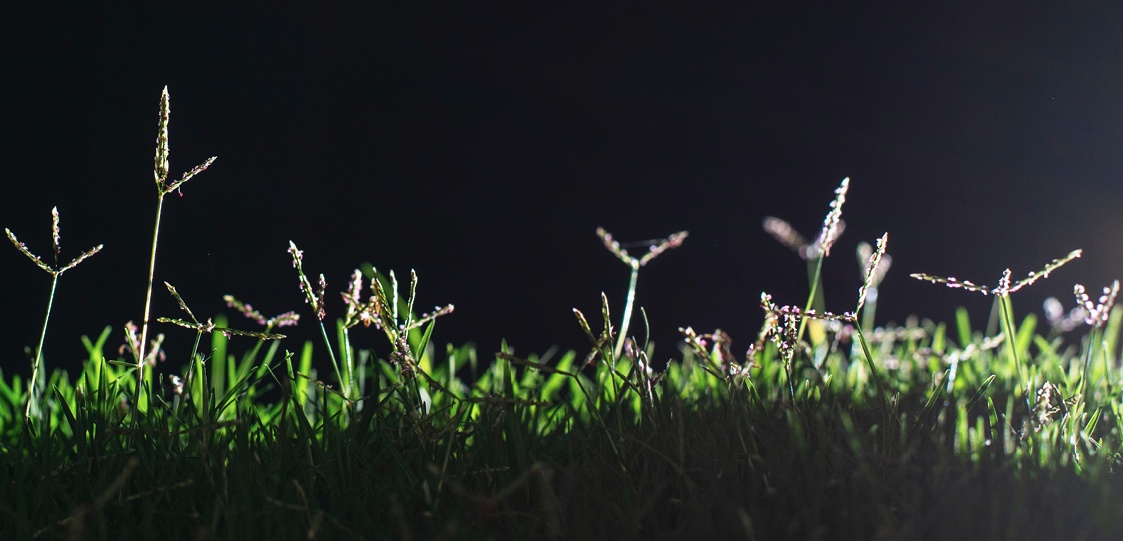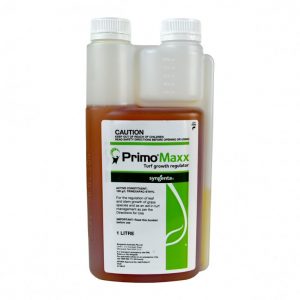Zoysia turf varieties are a favourite when it comes to many Aussie homes for their fantastic colour and versatility across many areas, but what is the best variety? Zoysia Australis is the best option for families who use their area frequently. Sir Grange Zoysia is a premium low-maintenance option for a more sophisticated show garden or display area.
Best Zoysia for Families
Zoysia Australis is the best zoysia grass for families. It can stand up to the daily stresses that you and your family will throw at it, while still performing beautifully while still showcasing beautiful zoysia traits. Here are some of the main reasons why Zoysia Australis is considered the best zoysia for families:
- Has a good shade tolerance. Zoysia Australis needs a minimum of 4 hours of direct light and is well suited in full sun areas.
- Has a good wear tolerance and recovery for a zoysia. It can stand up to regular foot traffic from pets and kids and if it does become damaged, it will be able to repair itself quickly.
- Has a fast establishment. This means you can get out and use your lawn faster.
- Soft, medium leaf that feels great underfoot and great to play on.
- Has a beautiful blue/green colour.
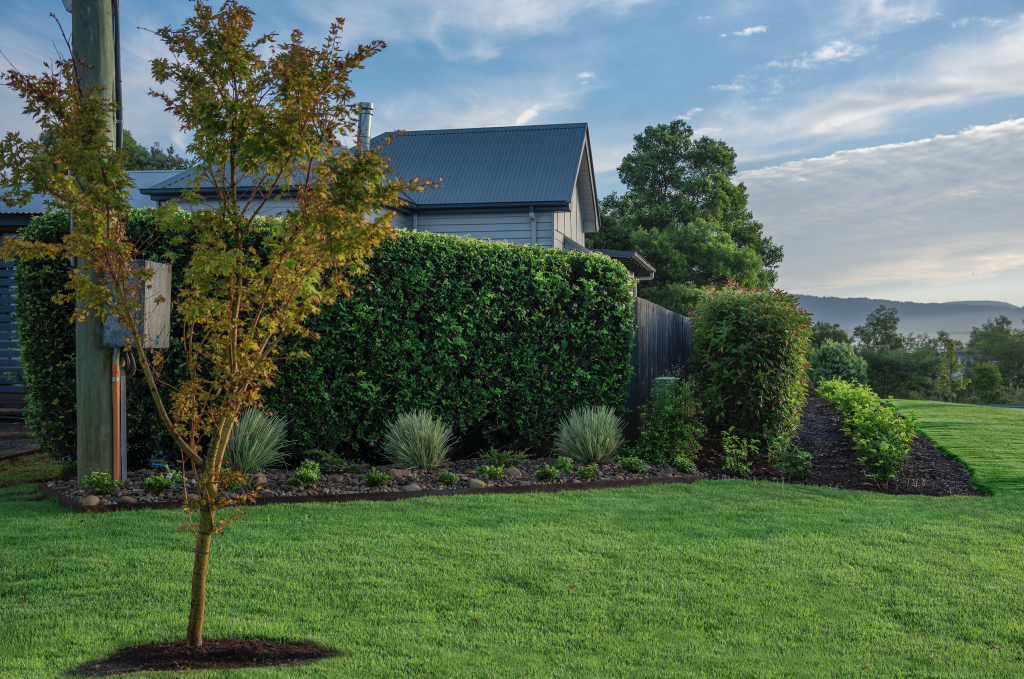
Zoysia Australis is part of the Zoysia japonica family. It can stand up to the stresses of a family and pets and has shade tolerance to thrive where other grasses falter.
Zoysia Australis is one of the latest turfgrasses to hit the Australian market. It was bred by Dr. Brian Schwartz at the world-famous University of Georgia, Tifton campus. This grass has been undergoing trial work here in Australia since 2018 with a range of elite zoysia grasses, with Zoysia Australis coming up on top.

Best Zoysia for Show Gardens and Manicured Lawns
Sir Grange Zoysia is the best zoysia if you are after a high-end show garden! It has a stunning fine blade with a beautiful dark green colour. Sir Grange is a slow-growing grass, meaning it has lower mowing requirements compared to other faster-growing grasses. Sir Grange also can look great when mown as low as 5mm, maintained at any height and can even be left unmown for a more textured and landscaped look. This ability to be left unmown makes it ideal for areas that are difficult to mow.

Here are some of the main reasons why Sir Grange Zoysia is considered the best zoysia grass for show gardens and manicured lawns:
- Soft, fine, dark green leaf.
- Slow growing requires up to 50% less mowing than other common turf varieties.
- Can be mowed at a variety of heights – can even be left unmown for a more textured look.
- Is a low-input grass, requiring 75% less than other common turf varieties.
Sir Grange Zoysia also known as Zeon Zoysia is a fine-bladed Zoysia matrella. It was hand-selected from over 10,000 different turf cultivar varieties. Sir Grange was developed by one of the largest turf grass breeders, Blade Runner Farms in Texas, by Mr David Douget. Bladerunner Farms has the largest privately owned zoysia grass research facility in the world.

This grass has been used on many world-famous projects such as the Rio Olympics Golf Course. It can be seen on several courses designed by Greg Norman and Tiger Woods. This turf type was originally developed for the golf industry, but it was soon discovered that due to its characteristics, it would make a fantastic home lawn!
As always, if you have any more questions please don’t hesitate to contact us for free expert advice on 1800ALLTURF (1800255873) or 07 5543 8304.











